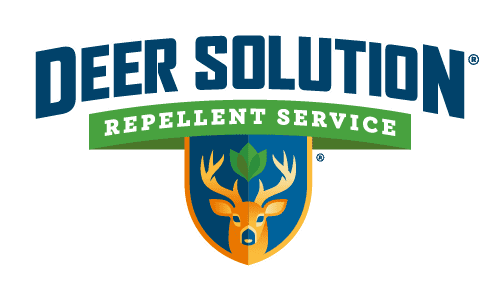In the tranquil landscapes of Cape May County, New Jersey, a significant environmental and agricultural challenge is emerging: the overpopulation of deer. This pressing issue is affecting not just the aesthetics of this picturesque area but also its ecological balance and agricultural productivity.
The implications of this situation extend far beyond the visible damage, prompting a call for effective solutions and collaborative efforts.
The Deer Overpopulation Crisis
Cape May County, known for its natural beauty and rich agricultural land, is experiencing a crisis of deer overpopulation. This phenomenon is not limited to this county alone but is a widespread issue across New Jersey.
The escalating deer population is causing substantial damage to crops, gardens, and local ecosystems. The impact on agriculture is particularly severe, with farmers reporting significant losses due to deer feeding on and trampling their crops.
This situation not only results in direct financial losses but also places an emotional and physical strain on the farming community.
Impact on Agriculture
The agricultural sector in Cape May County is under threat due to the increasing incidents of crop damage by deer. Farmers are encountering challenges in protecting their fields and are compelled to invest in measures such as fencing and other deterrents.
However, these solutions are often costly and not entirely effective. The damage caused by deer goes beyond the immediate loss of crops; it also includes the long-term effects on soil quality and the ecological balance of farmlands.
Legislative Measures and Community Responses
In response to the growing concern, the state of New Jersey has taken legislative steps to address the issue. Grants for deer fencing have been provided, especially for unpreserved farmland, as a measure to protect crops. This initiative is part of a broader effort to support farmers and mitigate the impact of deer overpopulation.
Community engagement is also a crucial aspect of addressing this issue. Local groups, environmentalists, and farmers are coming together to develop sustainable and humane solutions to manage the deer population.
The Ecological Impact
The overpopulation of deer in Cape May County extends its impact beyond agriculture. It poses significant challenges to the local ecosystem, including road safety concerns due to increased deer-vehicle collisions and the impact on native flora and fauna.
Deer overgrazing has led to the depletion of native plant species and has affected the habitats of other wildlife. The ecological balance of the region is at risk, necessitating a comprehensive approach to wildlife management.
Challenges and Solutions
Managing the deer population humanely and effectively is a complex task. Solutions range from controlled hunting, which is often a contentious issue, to more innovative methods like fertility control and habitat modification.
These approaches require careful consideration of ethical, ecological, and community perspectives. The involvement of wildlife experts, ecologists, and the local community is essential in devising a plan that is both effective and respectful of wildlife.
The Added Challenge of Weather Events
Recent weather events have added another layer of complexity to the deer overpopulation issue in Cape May County. The region recently experienced a powerful storm with tropical characteristics, which brought heavy rain and strong winds.
Such extreme weather events can alter the behaviors of deer, potentially leading to increased interactions with humans and heightened crop damage. The changing climate and associated weather patterns are factors that need to be considered in the long-term management of the deer population.
Moving Forward
The situation in Cape May County calls for a multifaceted approach that includes policy development, community engagement, and innovative wildlife management strategies. The efforts to address deer overpopulation should aim for a balance between agricultural needs, ecological preservation, and ethical considerations.
Ongoing research, education, and community involvement are key to developing sustainable solutions to this complex problem.
The deer overpopulation issue in Cape May County is a microcosm of a larger environmental challenge. It highlights the need for a balanced approach to wildlife management, one that respects the needs of both the human and natural inhabitants of the region.
As Cape May County continues to grapple with this issue, the lessons learned here can be valuable for other regions facing similar challenges.










